What Could Ginger Be Thinking About?
What could ginger be thinking about?

More Posts from Monstrous-mind and Others
🔭🌌☄️🪐

2024 September 8
M31: The Andromeda Galaxy Image Credit: Subaru (NAOJ), Hubble (NASA/ESA), Mayall (NSF); Processing & Copyright: R. Gendler & R. Croman
Explanation: The most distant object easily visible to the unaided eye is M31, the great Andromeda Galaxy. Even at some two and a half million light-years distant, this immense spiral galaxy – spanning over 200,000 light years – is visible, although as a faint, nebulous cloud in the constellation Andromeda. A bright yellow nucleus, dark winding dust lanes, and expansive spiral arms dotted with blue star clusters and red nebulae, are recorded in this stunning telescopic image which combines data from orbiting Hubble with ground-based images from Subaru and Mayall. In only about 5 billion years, the Andromeda galaxy may be even easier to see – as it will likely span the entire night sky – just before it merges with, or passes right by, our Milky Way Galaxy.
∞ Source: apod.nasa.gov/apod/ap240908.html

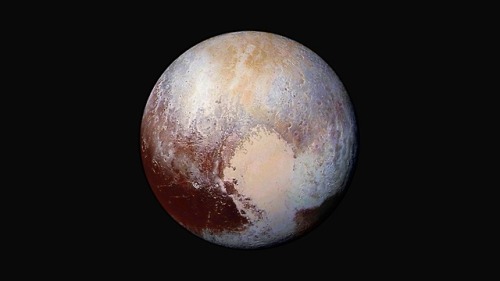

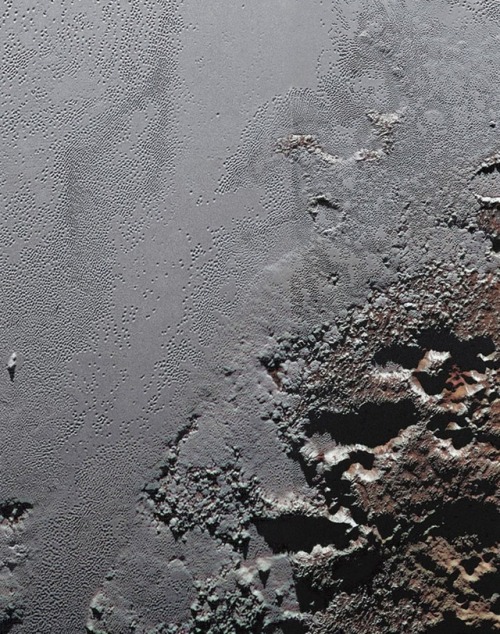
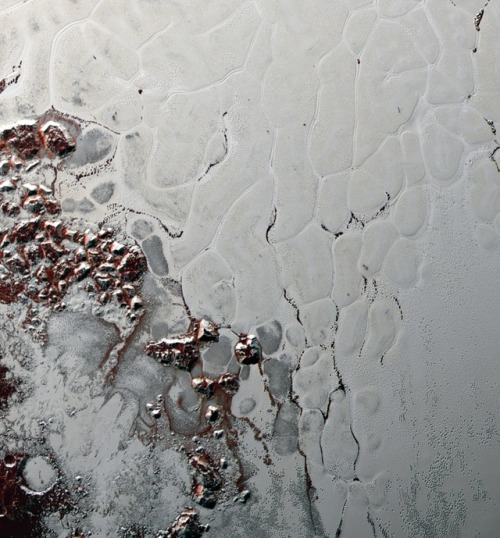
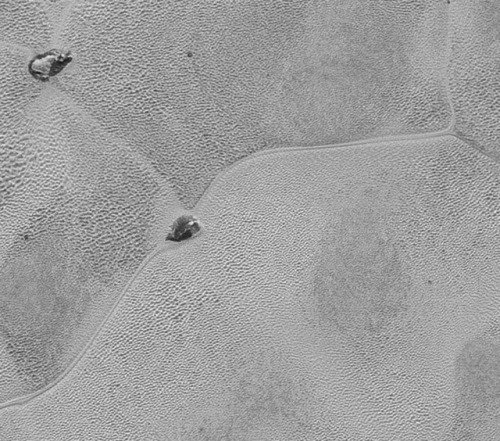
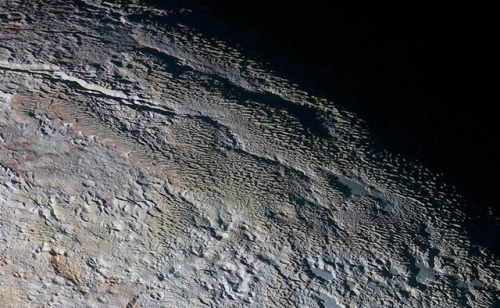
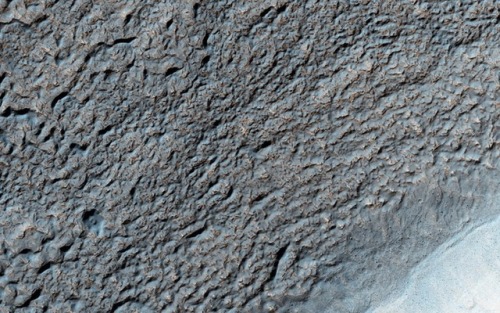
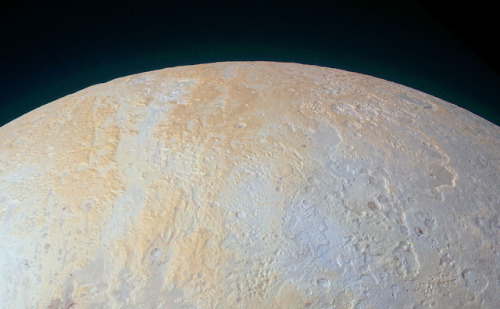
High-resolution images of Pluto taken by NASA’s New Horizons spacecraft.
The plains on Pluto’s surface are composed of more than 98 percent nitrogen ice, with traces of methane and carbon monoxide. Nitrogen and carbon monoxide are most abundant on the anti-Charon face of Pluto (around 180° longitude, where Tombaugh Regio’s western lobe, Sputnik Planitia, is located), whereas methane is most abundant near 300° east. The mountains are made of water ice. Pluto’s surface is quite varied, with large differences in both brightness and color. Pluto is one of the most contrastive bodies in the Solar System, with as much contrast as Saturn’s moon Iapetus. The color varies from charcoal black, to dark orange and white. Pluto’s color is more similar to that of Io with slightly more orange and significantly less red than Mars. Notable geographical features include Tombaugh Regio, or the “Heart” (a large bright area on the side opposite Charon), Cthulhu Macula, or the “Whale” (a large dark area on the trailing hemisphere), and the “Brass Knuckles” (a series of equatorial dark areas on the leading hemisphere). Sputnik Planitia, the western lobe of the “Heart”, is a 1,000 km-wide basin of frozen nitrogen and carbon monoxide ices, divided into polygonal cells, which are interpreted as convection cells that carry floating blocks of water ice crust and sublimation pits towards their margins; there are obvious signs of glacial flows both into and out of the basin. It has no craters that were visible to New Horizons, indicating that its surface is less than 10 million years old.
source | images: NASA/JPL

🐈🐏🐱🌄🍂🍁
“I woolly wuv your wool”

What drives auroras on Saturn? To help find out, scientists have sorted through hundreds of infrared images of Saturn taken by the Cassini spacecraft for other purposes, trying to find enough aurora images to correlate changes and make movies. Once made, some movies clearly show that Saturnian auroras can change not only with the angle of the Sun, but also as the planet rotates. Furthermore, some auroral changes appear related to waves in Saturn's magnetosphere likely caused by Saturn's moons. Pictured here, a false-colored image taken in 2007 shows Saturn in three bands of infrared light. The rings reflect relatively blue sunlight, while the planet itself glows in comparatively low energy red. A band of southern aurora in visible in green. In has recently been found that auroras heat Saturn's upper atmosphere. Understanding Saturn's auroras is a path toward a better understanding of Earth's auroras.
Image Credit: NASA, Cassini, VIMS Team, U. Arizona, U. Leicester, JPL, ASI
😻⛄❄🌨

🔭🌃🌌
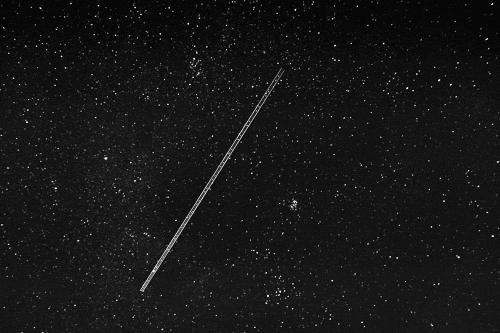
A Mesmerizing Model of Monster Black Holes
Just about every galaxy the size of our Milky Way (or bigger) has a supermassive black hole at its center. These objects are ginormous — hundreds of thousands to billions of times the mass of the Sun! Now, we know galaxies merge from time to time, so it follows that some of their black holes should combine too. But we haven’t seen a collision like that yet, and we don’t know exactly what it would look like.

A new simulation created on the Blue Waters supercomputer — which can do 13 quadrillion calculations per second, 3 million times faster than the average laptop — is helping scientists understand what kind of light would be produced by the gas around these systems as they spiral toward a merger.
The new simulation shows most of the light produced around these two black holes is UV or X-ray light. We can’t see those wavelengths with our own eyes, but many telescopes can. Models like this could tell the scientists what to look for.
You may have spotted the blank circular region between the two black holes. No, that’s not a third black hole. It’s a spot that wasn’t modeled in this version of the simulation. Future models will include the glowing gas passing between the black holes in that region, but the researchers need more processing power. The current version already required 46 days!

The supermassive black holes have some pretty nifty effects on the light created by the gas in the system. If you view the simulation from the side, you can see that their gravity bends light like a lens. When the black holes are lined up, you even get a double lens!
But what would the view be like from between two black holes? In the 360-degree video above, the system’s gas has been removed and the Gaia star catalog has been added to the background. If you watch the video in the YouTube app on your phone, you can moved the screen around to explore this extreme vista. Learn more about the new simulation here.
Make sure to follow us on Tumblr for your regular dose of space: http://nasa.tumblr.com.
👏🍁🍂🌄🎃

-
 jonirl5372 liked this · 4 months ago
jonirl5372 liked this · 4 months ago -
 cocktalehours liked this · 2 years ago
cocktalehours liked this · 2 years ago -
 thelights-andthebeams reblogged this · 2 years ago
thelights-andthebeams reblogged this · 2 years ago -
 gotosleepshivam liked this · 3 years ago
gotosleepshivam liked this · 3 years ago -
 goblins-tooth liked this · 3 years ago
goblins-tooth liked this · 3 years ago -
 the-purrletarian liked this · 3 years ago
the-purrletarian liked this · 3 years ago -
 ohsos-world liked this · 3 years ago
ohsos-world liked this · 3 years ago -
 shesingsherlittlesongs reblogged this · 3 years ago
shesingsherlittlesongs reblogged this · 3 years ago -
 shesingsherlittlesongs liked this · 3 years ago
shesingsherlittlesongs liked this · 3 years ago -
 achristmas-caroline liked this · 3 years ago
achristmas-caroline liked this · 3 years ago -
 ziraley13 reblogged this · 3 years ago
ziraley13 reblogged this · 3 years ago -
 ziraley13 liked this · 3 years ago
ziraley13 liked this · 3 years ago -
 mxrychxxn liked this · 3 years ago
mxrychxxn liked this · 3 years ago -
 pellelavellan-a liked this · 3 years ago
pellelavellan-a liked this · 3 years ago -
 hazy-el liked this · 3 years ago
hazy-el liked this · 3 years ago -
 laika-of-the-stars liked this · 3 years ago
laika-of-the-stars liked this · 3 years ago -
 sammispook liked this · 3 years ago
sammispook liked this · 3 years ago -
 chlochl203-blog liked this · 3 years ago
chlochl203-blog liked this · 3 years ago -
 ilgil liked this · 3 years ago
ilgil liked this · 3 years ago -
 mypersonalbrandofjihadnafs liked this · 4 years ago
mypersonalbrandofjihadnafs liked this · 4 years ago -
 illbegonetillnovember reblogged this · 4 years ago
illbegonetillnovember reblogged this · 4 years ago
My ambition is handicapped by laziness. -C. Bukowski Me gustan las personas desesperadas con mentes rotas y destinos rotos. Están llenos de sorpresas y explosiones. -C. Bukowski. I love cats. Born in the early 80's, raised in the 90's. I like Nature, Autumn, books, landscapes, cold days, cloudy Windy days, space, Science, Paleontology, Biology, Astronomy, History, Social Sciences, Drawing, spending the night watching at the stars, Rick & Morty. I'm a lazy ass.
222 posts